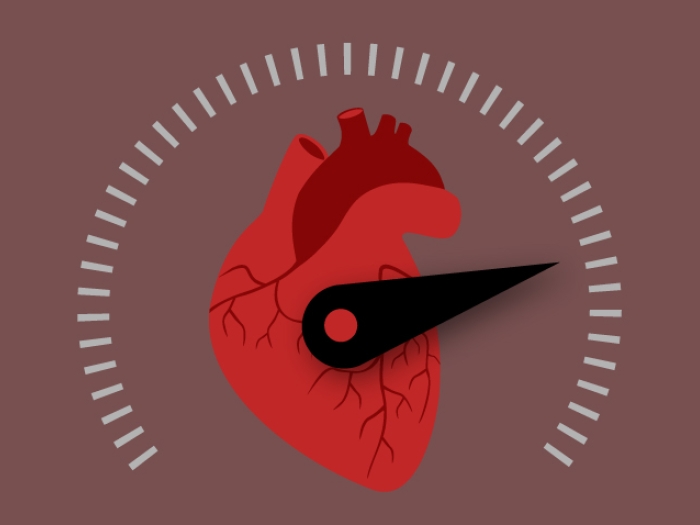Genetics is one of the biggest risks for aortic dissection. Learn the importance of knowing your family history and other contributing factors.
7:00 AM
Author |

Aortic dissection occurs when weakened layers of the aorta — the body's main artery — pull apart or tear, trapping blood between layers. This further weakens the aorta and may cause it to rupture.
LISTEN UP: Add the new Michigan Medicine News Break to your Alexa-enabled device, or subscribe to our daily audio updates on iTunes, Google Play and Stitcher.
"An acute aortic dissection is a very lethal condition," says Bo Yang, M.D., a cardiac surgeon at the University of Michigan Frankel Cardiovascular Center.
Aortic dissection is rare, affecting about 30 in 1 million people each year.
But knowing the symptoms and risk factors — a genetic predisposition in particular — can be lifesaving.
There are two types of aortic dissection. Type A involves the ascending aorta and is treated surgically by removing as much of the dissected aorta as possible and blocking the entry of blood into the aortic wall. The aorta is then reconstructed using a graft, or synthetic tube.
If left untreated, about 33 percent of acute type A patients die within the first 24 hours, and 50 percent die within 48 hours.
"This is the more dangerous type of dissection," Yang says.
Type B involves the descending aorta and is typically managed with blood pressure medication if there is no other related complication. Without treatment, complications include a decrease in blood flow to the kidneys, bowels, spinal cord and other body parts and the possibility of a rupture.
Symptoms of aortic dissection
Each type of aortic dissection has different symptoms.
The pain involved in acute type A dissection may feel as though something inside the chest is tearing or ripping, Yang says.
MORE FROM MICHIGAN: Subscribe to our weekly newsletter
"Immediate medical attention is critical if a person feels sudden, excruciating pain in the chest that radiates to the upper back," Yang says.
And the condition doesn't discriminate by age: "When a person age 50 or younger experiences extreme chest pain, there is a high suspicion of a dissection until proven otherwise," Yang adds.
By comparison, type B aortic dissection often causes pain in the stomach or mid- or lower back with leg weakness. People experiencing these symptoms should also see a doctor right away.
If someone in your family has suffered an aortic dissection, especially someone under the age of 50, all biological family members need to be evaluated.Bo Yang, M.D.
Genetics and aortic dissection
Family history is the most valuable predictor of a type A aortic dissection.
"If someone in your family has suffered an aortic dissection, especially someone under the age of 50, all biological family members need to be evaluated," Yang says.
This is crucial if the patient is also diagnosed with a genetic disorder such as Marfan, Loeys-Dietz or Ehlers-Danlos syndromes or PRKG1 mutations, which increase the risk of thoracic aortic aneurysms or acute aortic dissections.
SEE ALSO: Don't Second-Guess Yourself, Aortic Dissection Survivor Says
"If anyone tests positive for pathogenic gene mutations, they should be closely monitored and should seriously consider a prophylactic operation, especially if they have an aortic root aneurysm," Yang says.
This precautionary surgery, known as a valve-sparing aortic root replacement or the David procedure, involves replacing the aortic root and ascending aorta.
Although invasive, the surgery is intended to be lifesaving, Yang says. Patients also avoid the need for lifelong anticoagulation therapy, thus improving their quality of life.
Other aortic dissection risk factors
Genetics aren't the only risk factor for aortic dissection.
Aortic aneurysm, an enlargement of the aorta, is another. It's considered a silent killer because people often don't experience symptoms, such as severe chest pain — or they experience them when it's too late.
Nearly half of these people die before seeking medical treatment, Yang notes.
Smokers and people with high blood pressure are also at increased risk of aortic dissection.

Explore a variety of health care news & stories by visiting the Health Lab home page for more articles.

Department of Communication at Michigan Medicine
Want top health & research news weekly? Sign up for Health Lab’s newsletters today!





